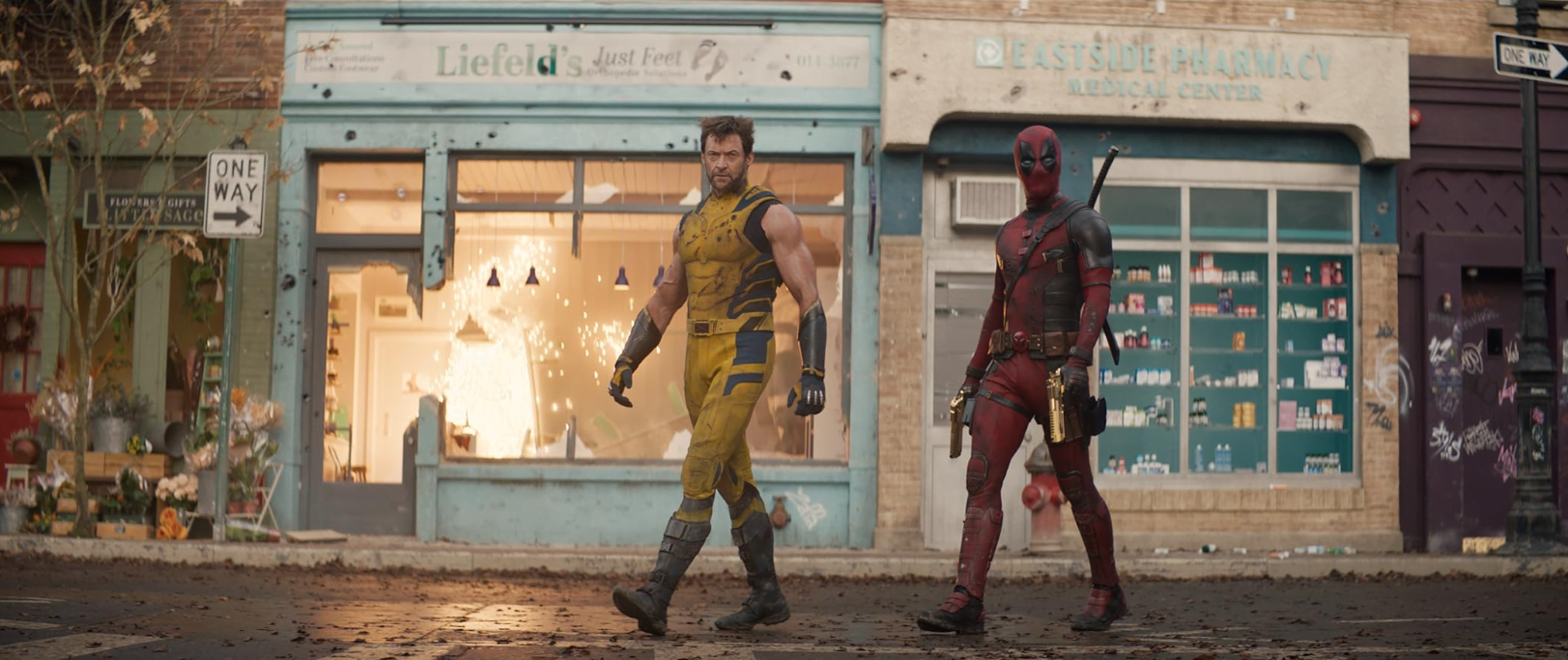Spoiler Ahead!
Marvel Studios’ Deadpool & Wolverine has turned around its recent streak of failures, with a historic box office collection record of $444.7 million in its first weekend. A sequel to Deadpool (2016) and Deadpool 2 (2018), this adult superhero film remains true to the brand of humour and classic action sequences which is an integral part of any Deadpool film.
While it is easy to be carried away by the seemingly ‘woke,’ dialogue writing and avoidance of certain cliches prevalent in superhero films, we must question — How do we view films like Deadpool & Wolverine that are created by multi-billionaire production houses that are rebranding themselves to ensure their survival and remain relevant?
Deadpool & Wolverine
The film’s story cross-refers to multiple other films from the Marvel Cinematic Universe (MCU). The plot begins with a flashback to 2018 when Wade Wilson aka Deadpool (Ryan Reynolds) is rejected by the Avengers. Wilson accepts his fate and gives up his superhero costume for six years. However, an unexpected turn of events brings him to Mr. Paradox (Matthew Macfadyen) from the Time Variance Authority (TVA) who wishes to head the TVA and destroy Wilson’s Earth-10005 with a Time Ripper. The concept of ‘anchor being,’ is introduced to explain that the death of Logan aka Wolverine (Hugh Jackman) is the cause for Earth-10005’s slow progress towards its extinction. To save his timeline, Deadpool travels across the multiverse to find a replacement Wolverine.
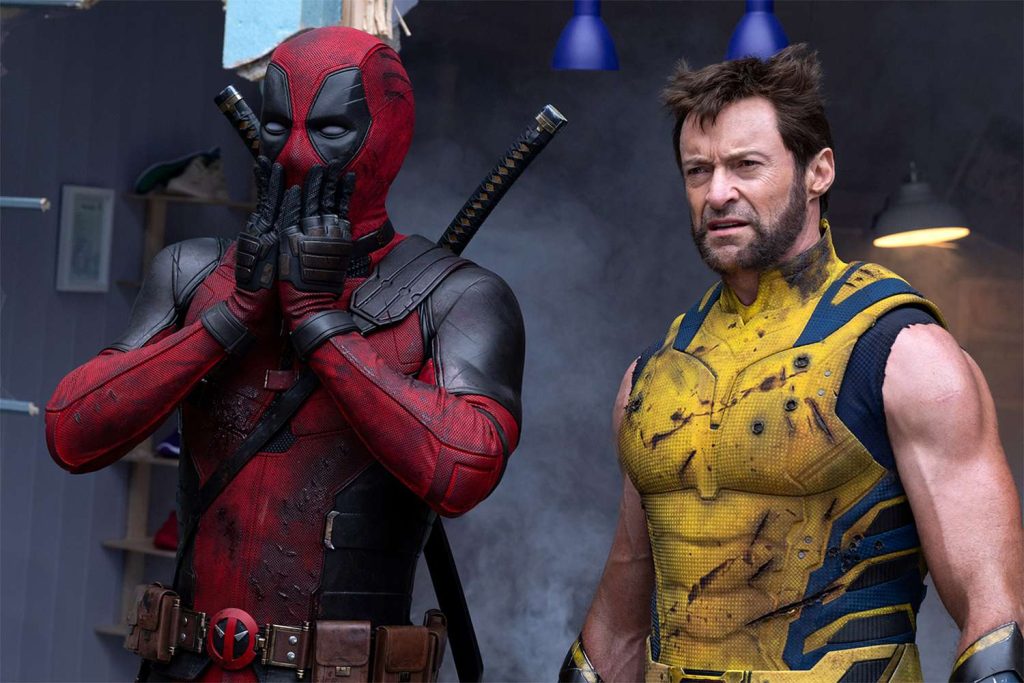
When Deadpool approaches Paradox with his replacement Logan, they are both sent to the Void— a place in the multiverse which represents the end of time. Here the characters are dragged to the lair of the powerful leader of the Void, Cassandra Nova (Emma Corrin). Deadpool and Wolverine escape and find themselves in the hideout of the Resistance (nicknamed the “Others“) who help them defeat Cassandra’s army. After returning to the original timeline, they realise that Cassandra is planning to destroy all other timelines using the Time Ripper. Wolverine and Deadpool’s timely partnership finally saves the day.
Deadpool is Marvel’s shield
Marvel views Deadpool as a conduit for justifying itself. The superhero films and comics have long been criticised for sexist portrayals, promoting harmful ideals of masculinity, glorifying violence and catering to the male gaze. The Deadpool franchise however attempts to counter such expectations, by creating a character that defies all other masculinist ideals, except being an undefeatable fighter. Supporting characters that appear in the Deadpool series consistently represent wider gender, age and ethnic diversity.
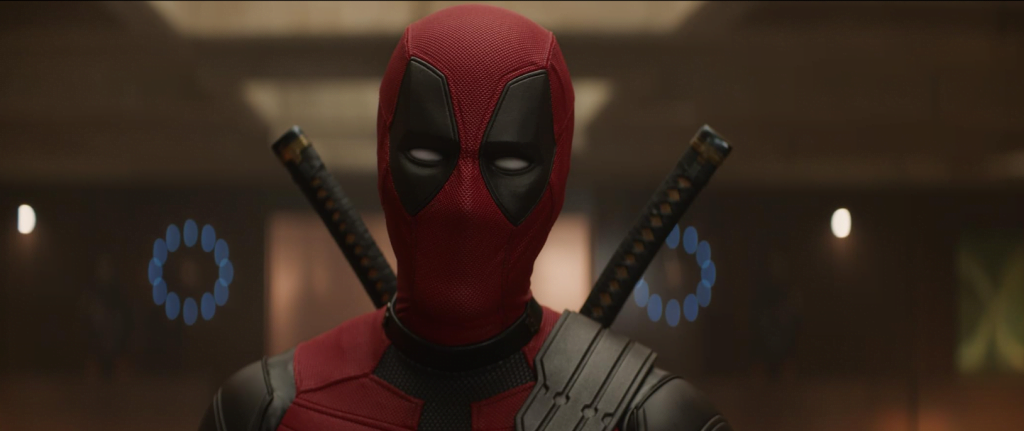
The first Deadpool film represented Wade’s pansexuality through a series of jokes. Deadpool is often nonchalant about appearing conventionally ‘masculine,’ and lacks the seriousness associated with superhero characters. In one sequence in Deadpool & Wolverine, Logan asks Wade if he has ever been tested for ADHD, to which he replies in the negative. This suggestion within the cinema achieves (possible) representation without cementing the fandom’s speculation that Deadpool has ADHD. It seems that Marvel forces Deadpool to bear the burden of all kinds of representations, to justify their absence in other comic adaptations.
Deadpool’s actions are incongruous with his self-aware speech and provide Marvel with the added agency to use it as a shield from criticism and simultaneously sell the violence that caters to the expectations of Marvel film.
Deadpool’s self-awareness seems tokenistic at certain points in this sequel. Almost every inappropriate joke, abusive and violent sequence is immediately followed by Wade’s commentary on it. In the very beginning of the film, for instance, Deadpool kills his TVA chasers while dancing to the beats of NSYNC’s “Bye, Bye, Bye.” A combination of multiple types of camera movements as well as the sharp contrast of the red from the multiple murders against the white snow gives the audience exactly what they came for — action sequences and violence glorified through cinematic brilliance.
However, Wade breaks the fourth wall to caution the audience that despite what this bloody murders to an upbeat song might suggest, he does not condone violence, “To be clear, I’m not proud of any of this — the wanton violence, the whiff of necrophilia. It isn’t who I am, it isn’t who I wanna be…” Deadpool’s actions are incongruous with his self-aware speech and provide Marvel with the added agency to use it as a shield from criticism and simultaneously sell the violence that caters to the expectations of Marvel film fans.
Wolverine versus Deadpool
Wolverine’s appearance in the film not only validates the ‘anchor being,’ plot but also serves as a foil to Deadpool’s character. Wolverine’s quiet demeanour is a comedic counter to Deadpool’s tendency to blabber continually. However, except in the fight sequences, his character fails to shine. For most of the film, there are on-and-off elaborate fight-offs between Wade and Logan.
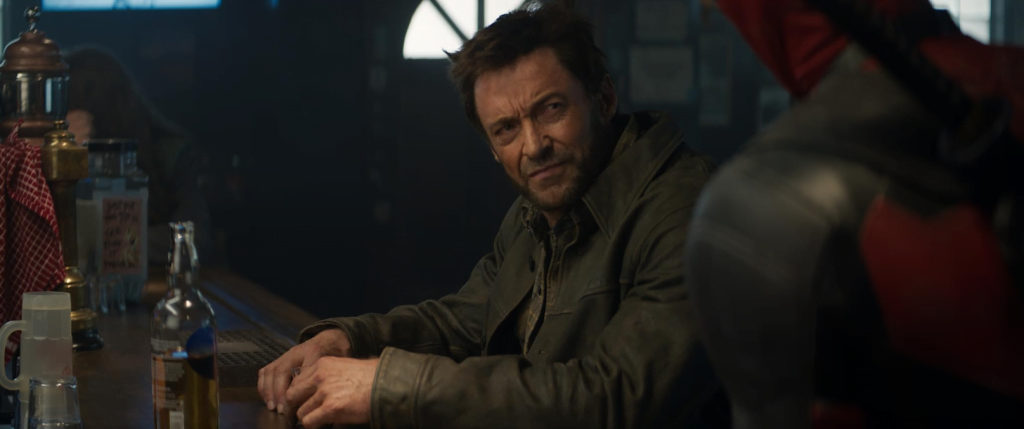
In one such scene, Logan takes a dig at Wade, reminding him that he couldn’t ‘keep,’ his ex-girlfriend Venessa Carlysle, “...you couldn’t even save a relationship with a goddamn stripper.” This unnecessary comment that reveals a prejudice against Venessa’s profession is quickly followed by what appears to be a penis-measuring contest in which Deadpool retorts by calling Wolverine a ‘needle-dick.’ Despite the queer coding of characters undertaken by Marvel to avoid criticism, it is hard to miss the predominantly masculine discourse propounded by the superhero Marvel films.
(Un)lively jokes
Deadpool & Wolverine also features some jokes where Ryan Reynolds refers to his wife Blake Lively within the film through Wade Wilson. For instance, before the opening fight scene begins, Deadpool breaks the fourth wall with the dialogue, “There are 206 bones in the human body, 207 if I’m watching Gossip Girl.” Similarly, in another scene in the Void, Deadpool meets a non-scarred long-haired version of himself nicknamed Nicepool who in a conversation with Deadpool and Wolverine brags about Ladypool’s ‘perfect’ figure even though she recently had a baby. When Wade points out that it is inappropriate to say that, Nicepool quickly remarks, “It’s okay, I identify as a feminist.”
The reference to Ladypool’s figure (who is played by Blake Lively) and the pop-culture reference to Gossip Girl are related to Blake Lively, who seems to have been objectified twice for the sake of two jokes. While these jokes might work personally for the couple, using them within a film has wider political implications.
Underwhelming supervillain
The supervillain of Deadpool & Wolverine, Cassandra Nova dazzles the audience with her ability to overpower superheroes with the swift squish and flick of her bare hands. Just like her twin brother Professor X, Cassandra possesses telepathic and telekinetic powers. However, the power displayed by Cassandra in her initial introduction is not consistently followed for the rest of the film. With relative ease, Deadpool and Wolverine manage to temporarily tame Cassandra with the help of Juggernaut’s helmet and secure her help to travel back to Deadpool’s timeline. The explanation provided for her desire to destroy all other timelines is also weak, considering she was already ruling the Void. The ending of the film therefore seemed rushed, forced and anti-climatic. The film failed to use Cassandra’s character to its full potential.
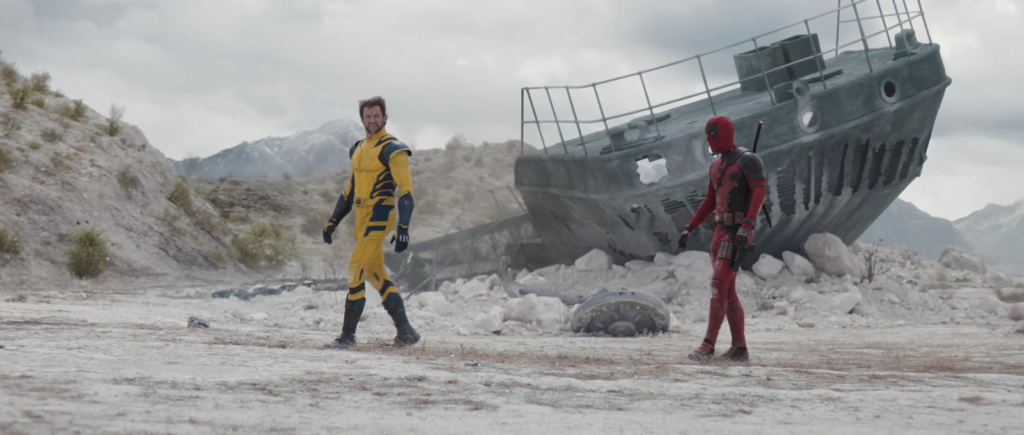
With Deadpool & Wolverine, Marvel yet again carefully tends to Deadpool’s unique selling point (USP) — the convergence of action-driven superhero plots and crude but self-aware comedy. Deadpool’s humour within the film rests on his ability to crack crude sex jokes and jokes about the Marvel and Disney industries. These jokes however get a little tiring after the first half of the film. The film features some brilliant cameos that have the potential to excite the Marvel fandom.
The most important aspect of the Deadpool franchise, however, is its attempt to rebrand superhero comics and films to continue to make millions out of them. This seemingly nonsense superhero fashions a new American man — equipped with modern and progressive sensibilities, but also in touch with his traditional masculinity through crass humour and wanton violence.
About the author(s)
Madhusmita Mukherjee (she/they) is a queer feminist writer and photographer from Assam who is passionate about advocating gender equality and social justice. She completed her postgraduation in English from the University of Delhi (2022-24). Her academic interest lies in gender studies, media memory and cultural studies. Her recent publication features in the Zubaan anthology Riverside Stories: Writings from Assam edited by Banamallika.
